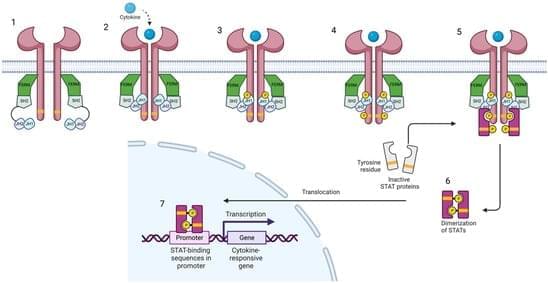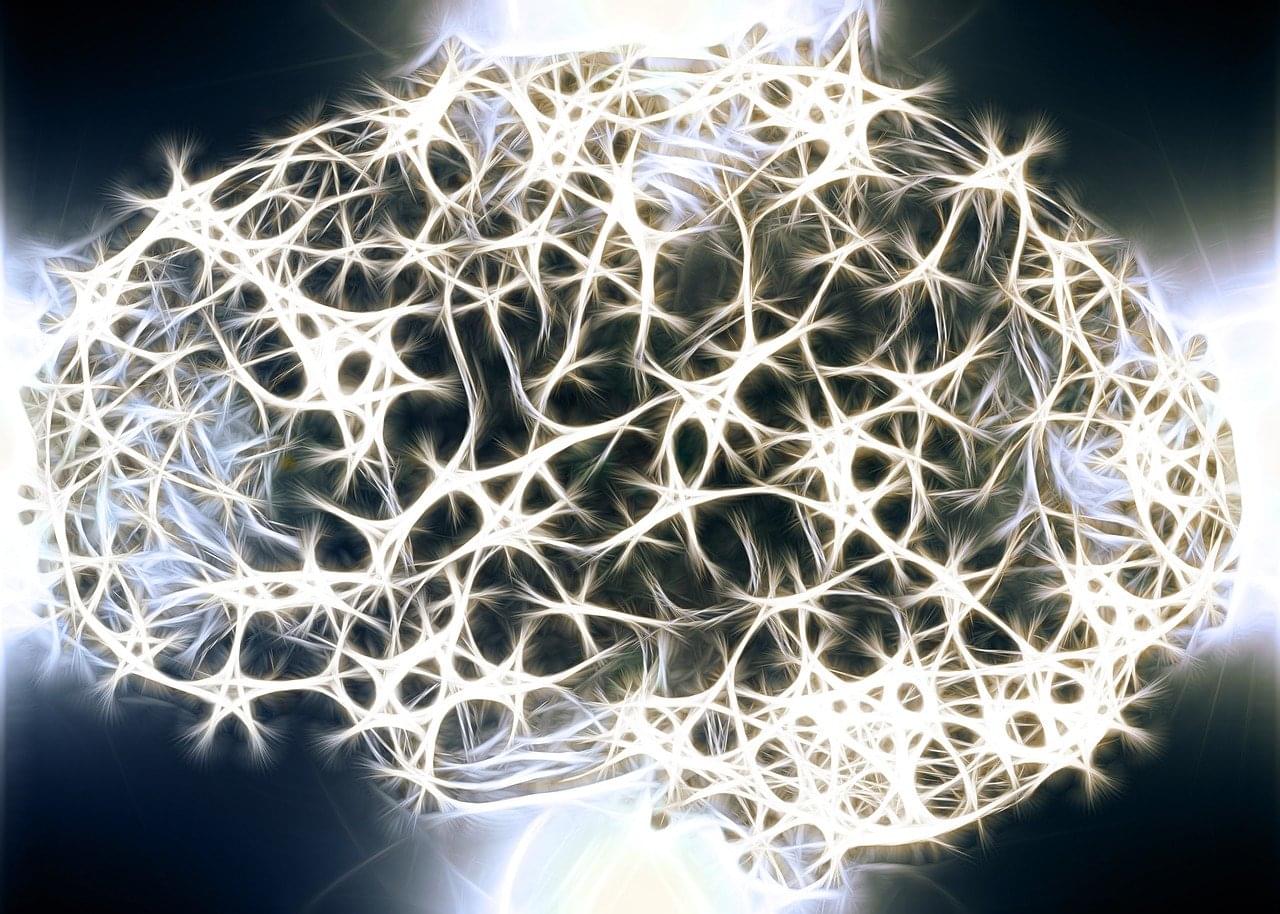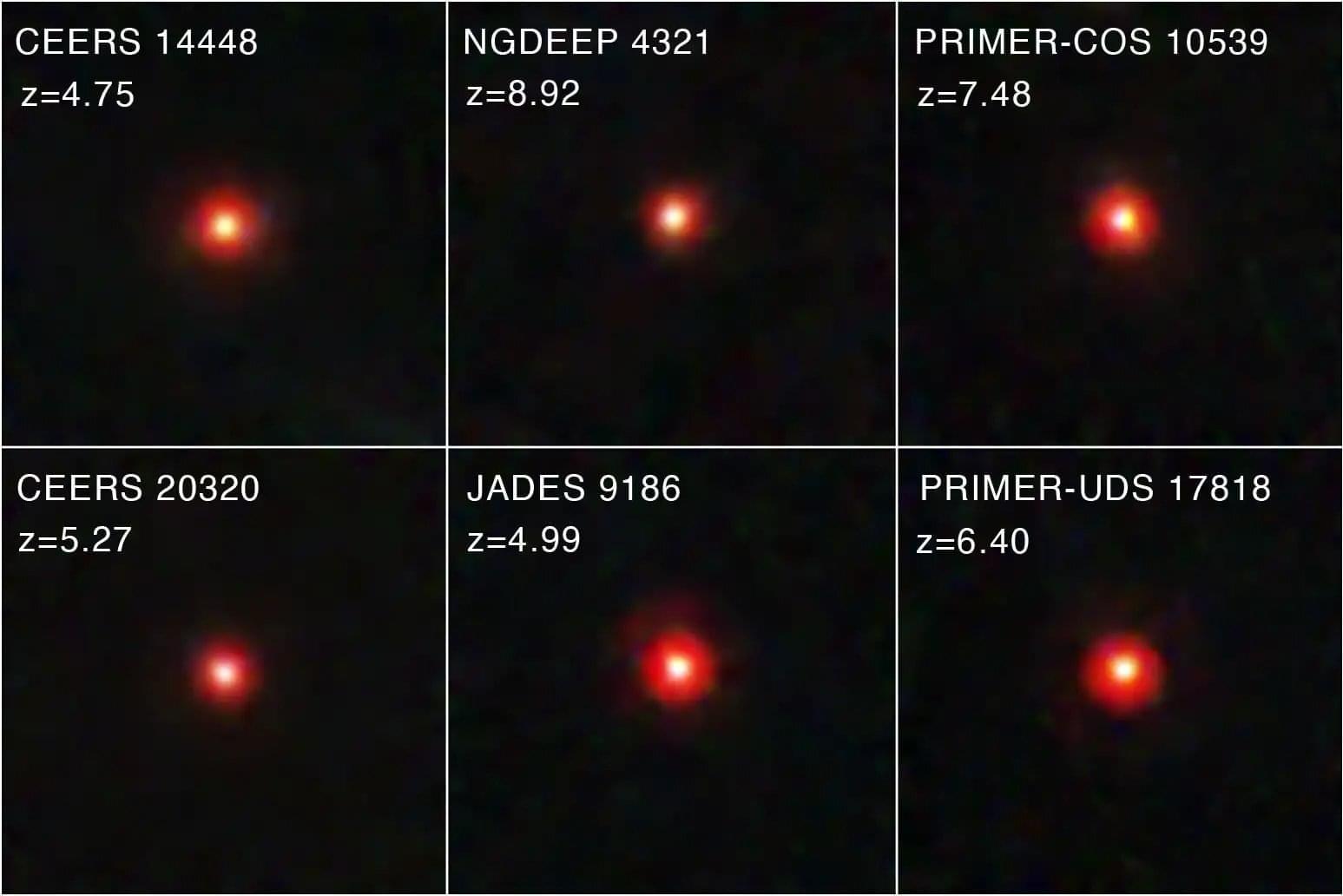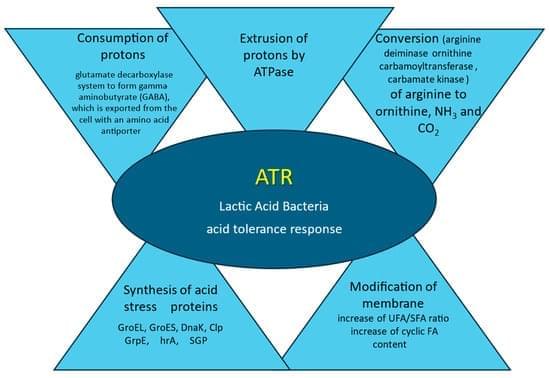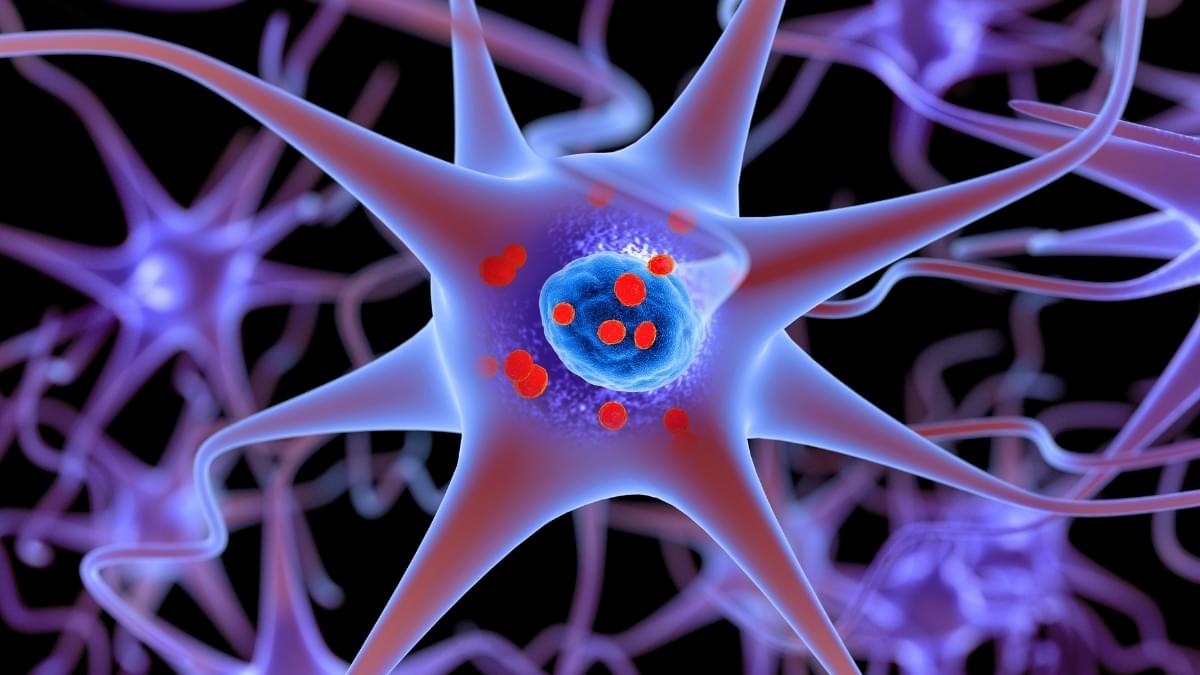When the James Webb Space Telescope (JWST) began operations, one of its earliest surveys was of galaxies that existed during the very early universe. In December 2022, these observations revealed multiple objects that appeared as “little red dots” (LRDs), fueling speculation as to what they might be. While the current consensus is that these objects are compact, early galaxies, there is still debate over their composition and what makes them so red. On the one hand, there is the “stellar-only” hypothesis, which states that LRDs are red because they are packed with stars and dust.
This means that they could be similar to “dusty galaxies” that are observed in the universe today. On the other hand, there is the” MBH and galaxy” theory, which posits that LRDs are early examples of active galactic nuclei (AGNs) that exist throughout the universe in modern times. Each model has significant implications for how these galaxies subsequently evolved to become the types of galaxies observed more recently.
In a recent paper posted to the arXiv preprint server, an international team of astronomers considered the different scenarios. They concluded that LRDs began as “stellar only” galaxies that eventually formed the seeds of the supermassive black holes (SMBHs) at the center of galaxies today.

